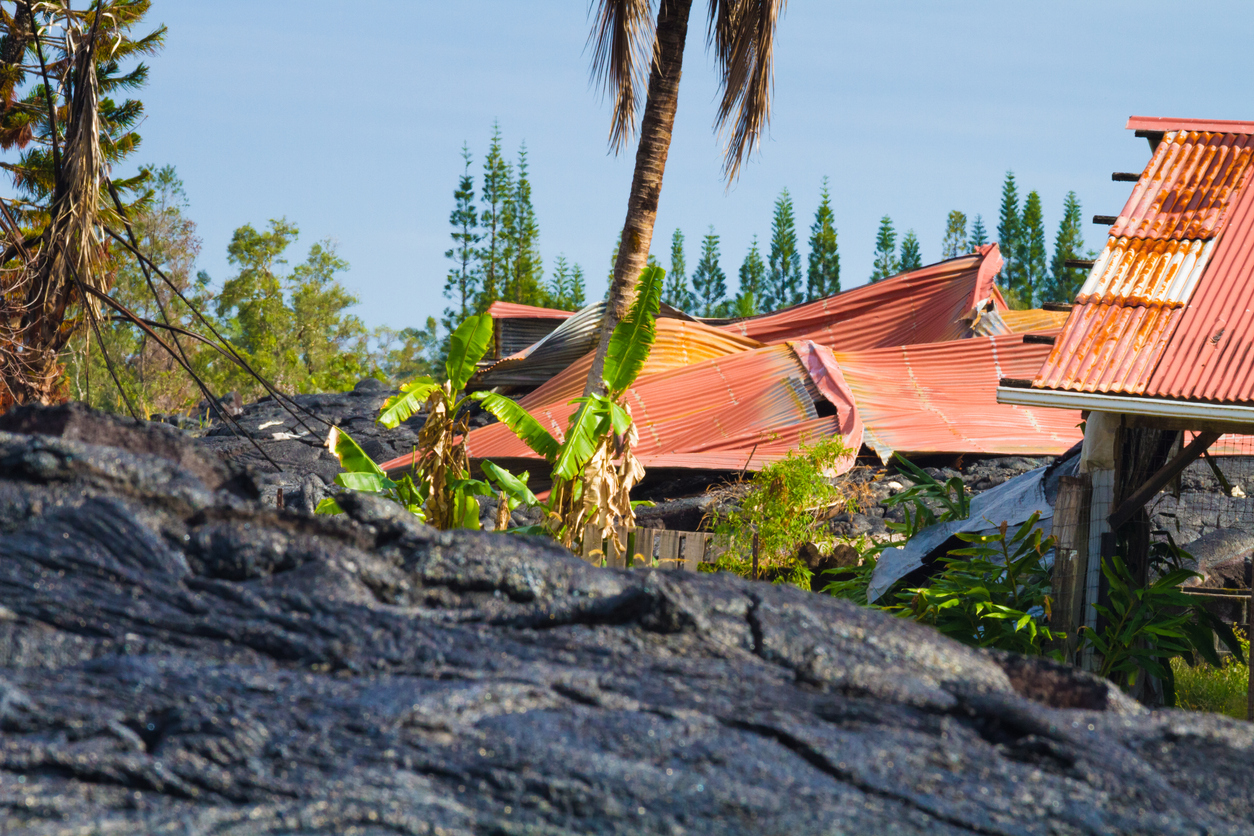If you are a frequent reader of this blog, you are familiar with our state-by-state series on "total loss" standards. This week, I turn to Hawaii, the Aloha State.
First, some little-known facts about the beautiful state. 137 islands make up the Hawaiian island chain (only 7 of the islands are inhabited). Hawaii is in the only state whose land area is still increasing (new land mass is created by ongoing volcanic lava flow). Hawaii is the only state in the U.S. that grows coffee (coffee drinkers are familiar with Kona coffee).1
In my survey of Hawaii case law, I did not come across any authorities that specifically defined "total loss" in the context of a property damage claim. Based on what I found, the concept of "total loss" in Hawaii is rooted in maritime law which makes sense when you think about it. When ships encounter perils while at sea, if insured by marine insurance, the issue is often whether the vessel must be abandoned or could it make it to shore. In one early case, Spalding v. The Alliance Marine and General Assurance Company,2 even before Hawaii became a state, the Supreme Court of Hawaii addressed total loss. In Spalding, the court found that total loss is contingent on the practicality of repair, assuming that vessel is recoverable. If one can carry this over to other property losses, then it would seem that applying the "prudent person" test in Hawaii would seem appropriate. As you may remember, under the "prudent person" test, the key consideration is the reasonableness or practicality of repair. If it is reasonable or practical to repair, then there is no total loss.
In homage to Hawaii and the instrument associated with Hawaii music, I leave you with a musical piece featuring Hawaii-born and ukelele virtuoso, Jake Shimabukuro.
//www.youtube.com/embed/QzkA2fcOX4k?rel=0
1 en.m.wikipedia.org/wiki/Hawaii
2 Spalding v. The Alliance Marine and General Assurance Co., 10 Haw. 190 (1896).



